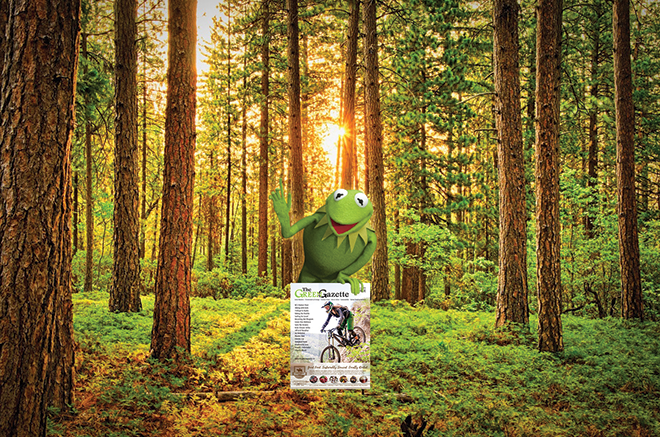By Lisa Bland, Publisher/Editor-in-Chief –
Dear Readers,
The Cariboo is in full blossom and everywhere we look nature is filling in spaces with a riot of green. The return of warmer temperatures brings into focus the desire to make the most of what the season offers and get out into the great outdoors. Along with the inspiration of summer activities, there’s also the ever-present reminder of challenges we are facing collectively as the season heats up.

What will manifest this year as a reflection of increasing temperature extremes and climate instability? How much of BC will burn? How many salmon will survive in the rivers with losses of stream habitat and higher temperatures in spawning grounds? What kind of chemical load are we allowing on the land and onto our food, and ultimately ingesting into our bodies? Where do we draw the line between local economics and healthy airsheds? What can one person do to make a difference, and does it matter? Can we trust those with profit motives to tell the truth or do we need to mobilize into action and look deeper into political and institutional bias?
It is daunting to face these complex problems along with the collective losses of our natural world especially when we feel we can’t do much about them. As every year advances we are acutely aware of how little consumptive patterns change even in the face of staggering environmental change. The presence of plastic in every corner of our world is scary when you realize how hard it is to avoid it in everyday life.
Despite this, being green and thinking about reducing our impact is no longer considered marginal or impractical. Everyone, everywhere, is wrestling with the issues. Children are taking to the streets challenging the status quo, speaking for their collective future. It is now time to mobilize, whatever that means individually and collectively.
In the Cariboo, many people in the community are actively confronting global issues and attempting to do things differently within their homes and businesses, or through collaborative efforts. Sharing knowledge, gaining courage because of what others are doing, and appreciating and celebrating those who go the extra mile to be green all help move the collective forward.
In the new magazine format of The Green Gazette, we have moved to a high quality 100% recycled paper and veggie ink and found out the hard way that it’s not that easy to be green and cover costs. Due to the lack of consumer demand for recycled paper, and a struggling magazine industry centered around the cheapest possible bottom line pricing for paper on top of a very tight business margin, we are paying 25% more for going green.
We struggled with the ethics of saving the costs and using regular paper but in the end decided that going green is indeed worth it. If it’s worth doing, it’s worth doing right! If everyone decides to push against the grain and do things differently, the momentum will continue, and our collective efforts will make a difference.
Going green is not easy, but it is worth it—and we help pave the way for a better future for all.
